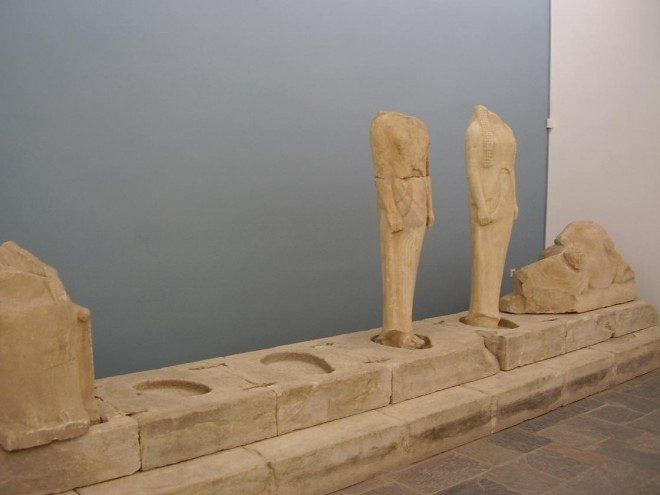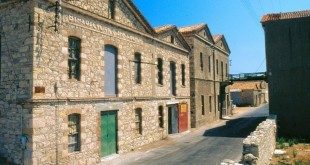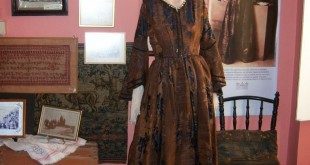(The information is from the website of the Ministry of Culture)
The Archeological museum of Vathi is located it the town of Samos. The findings are exhibited in two separate buildings:
a) In the Old Museum, called the “Paschaleon Archeophilakeon” which was built in 1912.
b) In the New Museum. It was inaugurated in June, 1997 and houses the collection of archaic sculptures. The construction of the building was funded by the educational foundation of VOLKSWAGEN A.G. The following collections can be seen there:
– Archaic sculpture
– Ceramic art – Copper artifacts
– Ivory artifacts
– Wooden artifacts
– Clay figurines
– Miniature art
The most important exhibits are: (if you view the pictures from the side of the Greek Ministry of Culture, press “back” to return to this page)
– The colossal Kouros with a height or around 5.50m., a sample of Ionic art. It dates back to the first quarter of the 6th century BC.
– The marble statue of a dressed female figure, which was a votive offering of Cheramyes to the goddess Hera. It dates back to 570 – 560 BC.
– “Geneleos` Group” by the sculptor Geneleo, which was a votive offering to the temple of Hera. It consists of a total of six figures (five female and one male) one of which (the “Ornithe”) is now in Berlin. It dates back to 560 – 540 BC.
– A sculpted marble sepulchral stele (or memorial). A standing young nude man is depicted holding a compass in his left hand and extending his right hand to a seated dressed female figure holding a scepter. It was found in Chora and it dates back to the 5th century BC.
– A copper statuette of a horseman (museum art. no. A1262), with inset eyes and a height of 0.20m. (530 – 520 BC).
– A copper horse breast band (museum art. No. A775), depicting Hercules fighting the Tri-headed dog of Hades. To the left the oxen of Geryones are depicted and on the ground lying dead, their shepherd, the giant Euretion.
– A wooden nude kneeling female figurine (museum art. No. A2470), with a height of 0.17m.. The head supports a chapiter while the knees touch the base of a column (7th to 6th century BC).
– A clay archaic kernos (museum art. No. 1645), decorated with miniature vessels and statuettes (7th century BC.).
– Ivory Laconiac sculpted sepulchral relief (museum art. No. 1682), with a height of 0.106m., depicting Perseus killing Medusa (2nd half of the 7th century BC).
– Ivory statuette of a kneeling young man (dancer) (museum art. No 1665), part of the handle of an ancient Lyre. With a height of 0.145m. 7th century BC.
 iSamos.gr Η ενημερωτική σελίδα της Σάμου! Εξερευνήστε τη Σάμο, τις παραλίες της, τη φύση της, τις ομορφιές της. Διαβάστε την ιστορία της Σάμου
iSamos.gr Η ενημερωτική σελίδα της Σάμου! Εξερευνήστε τη Σάμο, τις παραλίες της, τη φύση της, τις ομορφιές της. Διαβάστε την ιστορία της Σάμου






